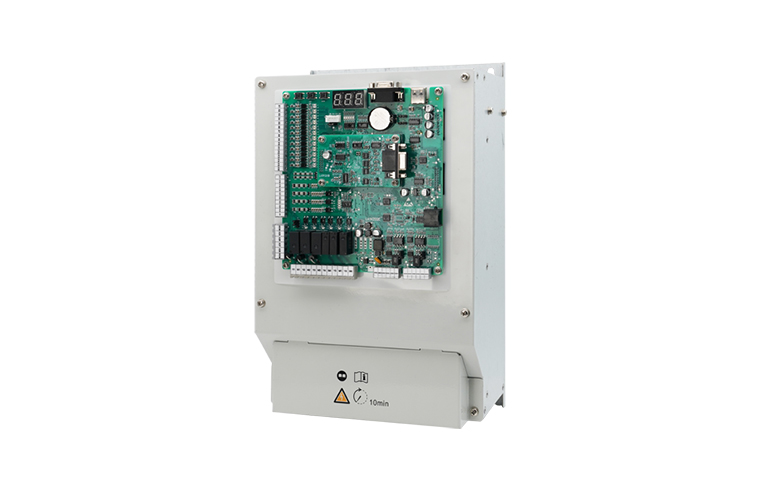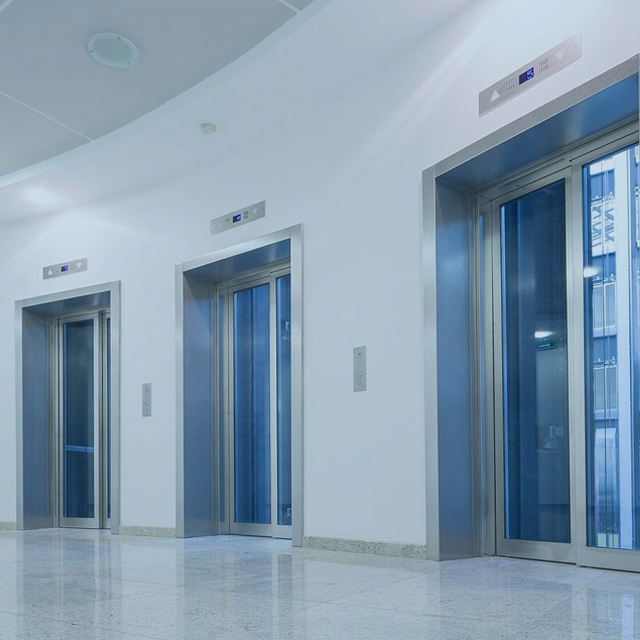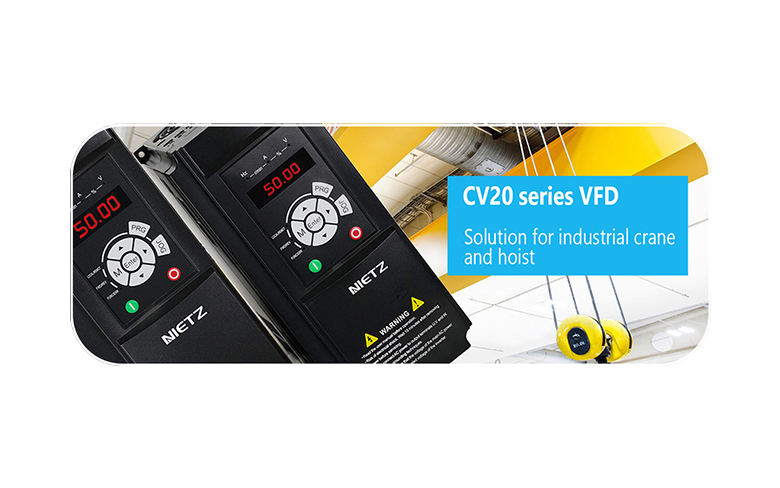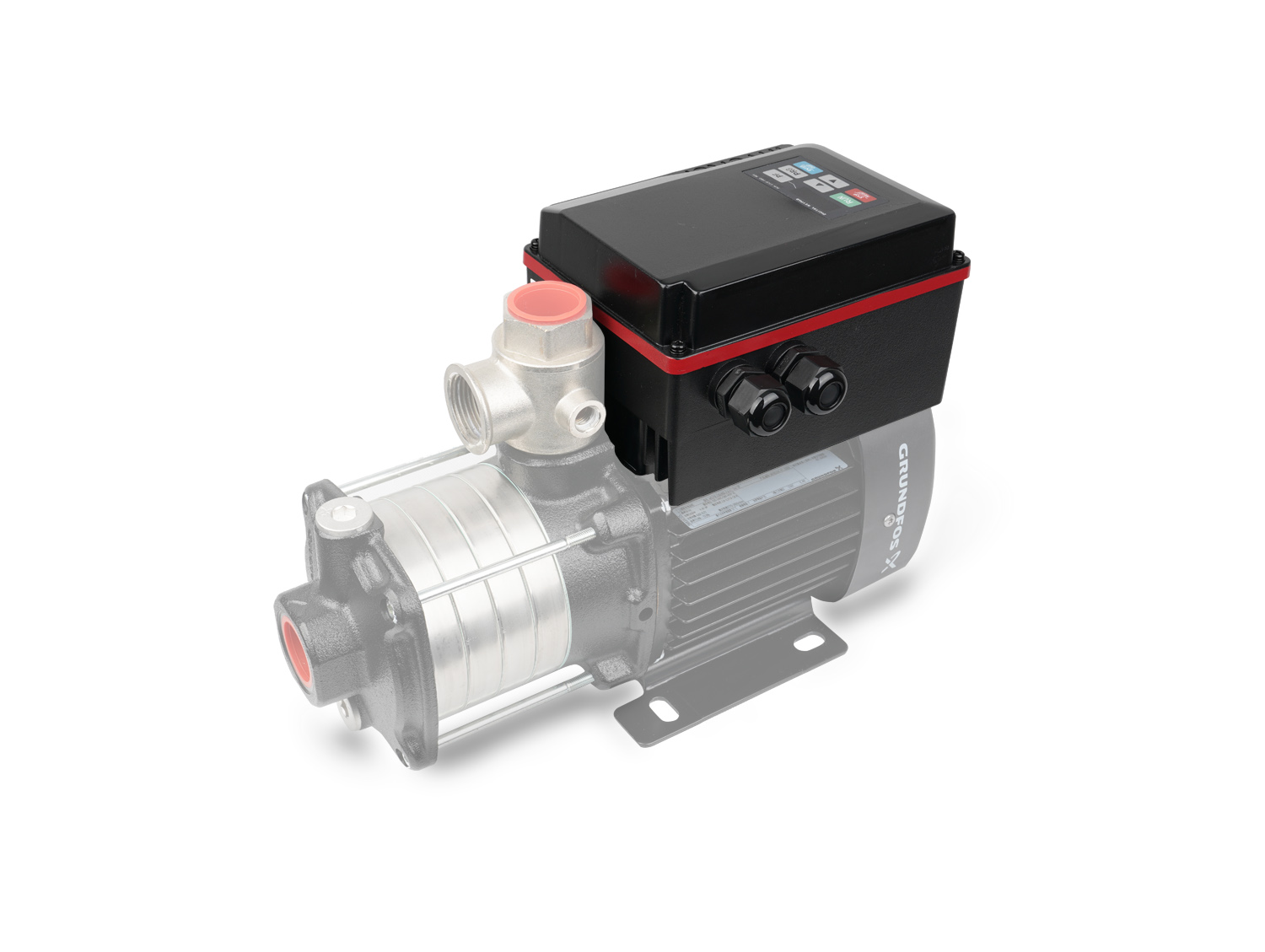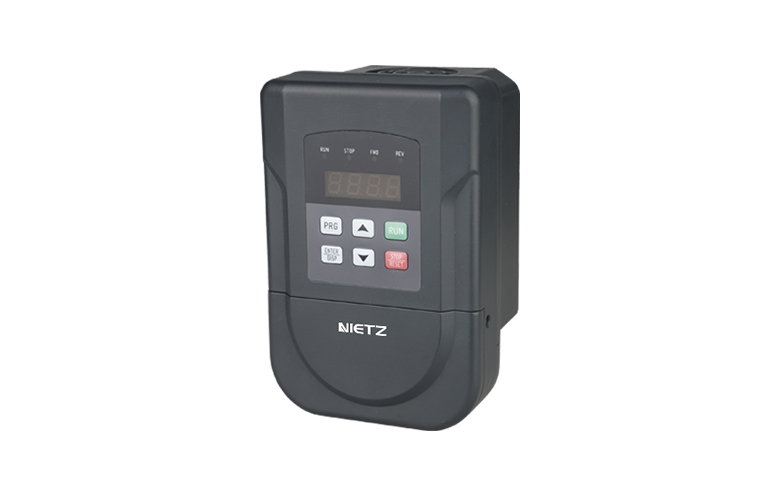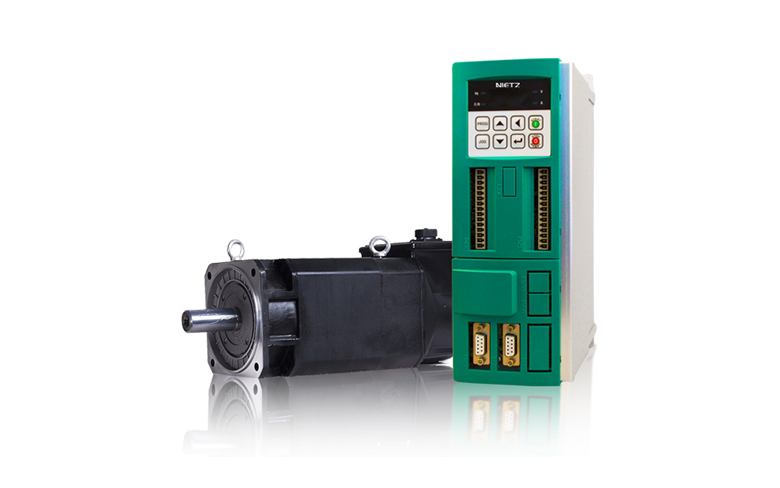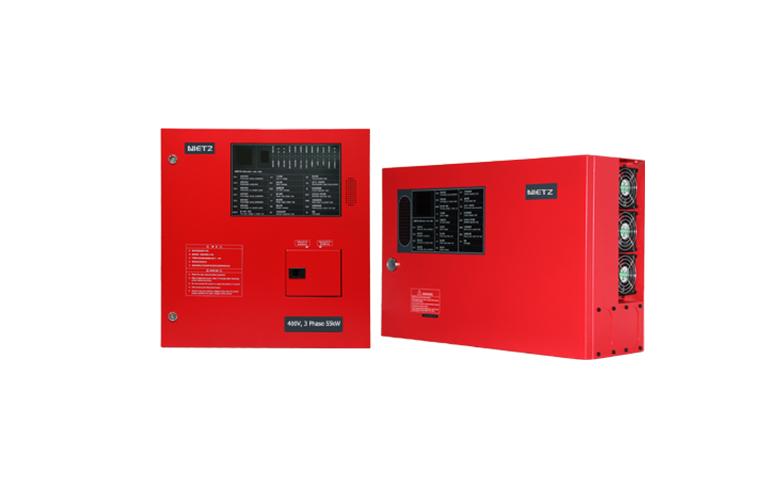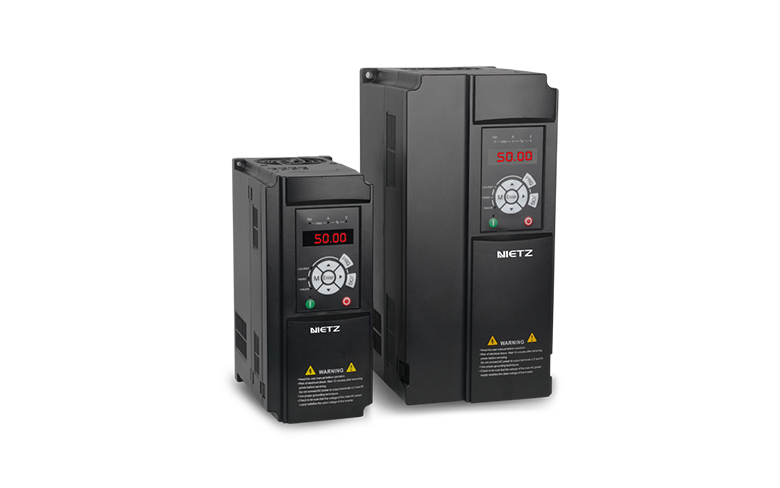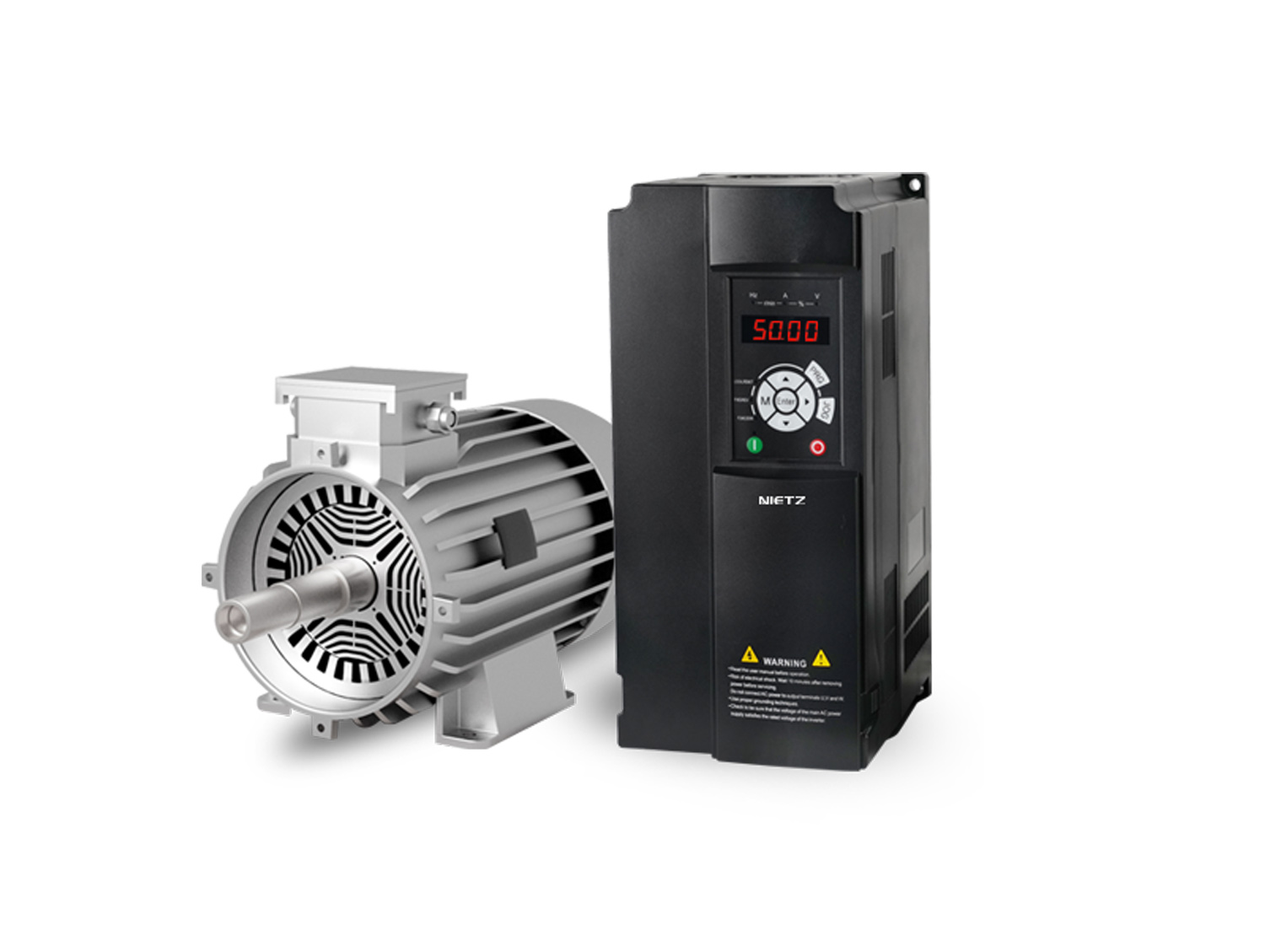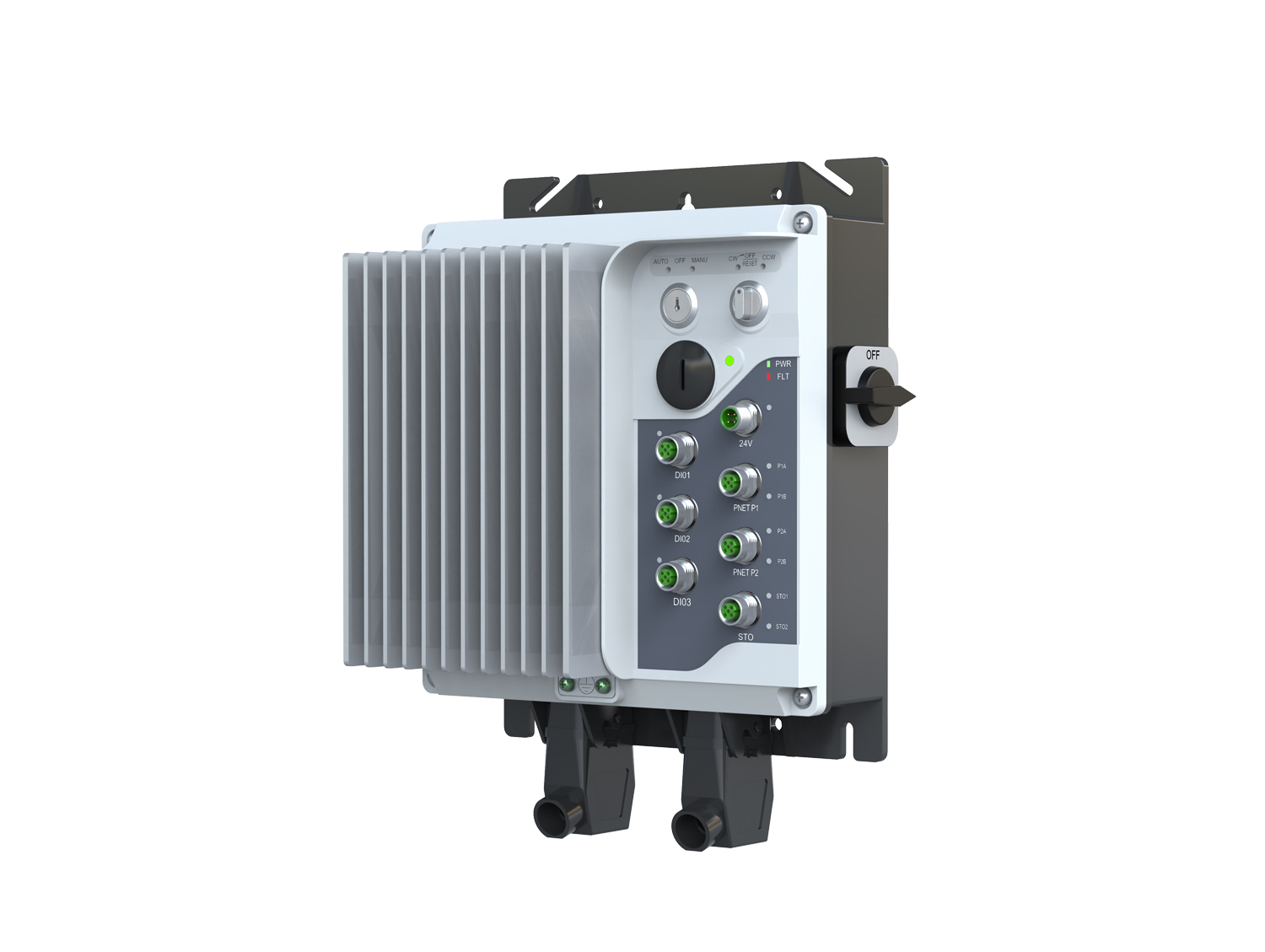Item | Specifications |
Input power | Number of phases, voltage, frequency | 200V level: single phase 220~240V, 50/60Hz |
400V level: three-phase 380/400/415/440/460V, 50/60Hz |
Allowed voltage variation | -15%~+10% |
Allowed frequency variation | -5%~+5% |
Instantaneous voltage Reduce tolerance | 200V level: Continue to run above AC150V; continue to run for 15ms when the rated input drops below AC150V. Post undervoltage protection |
400V level: Continue to run above AC300V; when the rated input state drops below AC300V, continue to run for 15ms and then provide undervoltage protection. |
Basic features | highest floor | 40th floor |
Elevator running speed | ≤ 4.00m/s |
Group control quantity | ≤ 8 units |
communication method | CAN bus serial communication |
Operation function | See Product Feature List in Introduction |
Drive characteristics | control method | Vector control with PG card |
Starting torque | Depending on load, up to 200% |
Speed control range | 1:1000(Vector control with PG card) |
Speed control accuracy | ±0.05%(Vector control with PG card 25±10℃) |
Torque limit | 200% Rated torque |
Torque accuracy | ±5% |
Frequency control range | 0~99Hz |
Frequency accuracy | ±0.1% |
Frequency setting resolution | 0.01Hz/99Hz |
Output frequency resolution (calculated resolution) | 0.01Hz |
No load starting compensation | When the size of the elevator is unknown, according to the direction in which the elevator will run, apply appropriate torque to the motor and command a smooth start, minimizing the car slippage at the start moment and increasing the comfort of the elevator during startup. |
Braking torque | 150%(external braking resistor), built-in braking unit |
Acceleration and deceleration time | 0.1~8s |
carrier frequency | 2~ 16kHz |
Battery operation | In the event of a power outage, the elevator relies on battery power to level the elevator at low speed. |
PG interface | PG card type | Set open, push-pull, differential, SIN/COS, Endat absolute value type |
PG card signal frequency division output | OA, OB orthogonal |
Input, output signal | Optocoupler input control power supply | Isolated 24VDC |
Low voltage optocoupler isolated input | 24 switching values, the optocoupler control signal is an isolated 24VDC, power input signal |
High voltage optocoupler isolated input | 3-way switch |
Relay output | 6 -way normally open contacts, single pole single throw, 5A contact switching capability, contact load (resistive): 5A250VAC or 5A28VDC |
USB interface | Mobile phone debugging |
CAN communication interface | 2-way (car top communication, parallel or group control) |
MOD Communication | 2-way (outbound call communication, community monitoring or Internet of Things) |
Analog input port | 1-way single-ended or differential input, input voltage range -10V~+10V, accuracy 0.1% |
Protective function | Motor overload protection | The protection curve of the motor can be parameterized |
Frequency converter overload | 150% rated current for 60 seconds; 200% rated current for 10 seconds |
Short circuit protection | When any two phases on the output side are short-circuited and cause overcurrent, the drive controller is protected. |
Input phase loss protection | If the input phase is lost, the output will be shut down to protect the drive controller. |
Output phase loss protection | If the output phase is missing, the output will be shut down to protect the drive controller. |
Overvoltage threshold | Bus voltage 800V (380V series), 400V (220V series) |
Undervoltage threshold | Bus voltage 350V (200V series), 150V (220V series) |
Instantaneous power outage compensation | Protection above 15ms |
Heat sink overheated | Protection via thermistor device |
prevent stalling | Stall protection when the speed deviation is greater than 15% of the rated speed during operation |
Pulse encoder failure | PG wire break |
Braking unit protection | Automatically detect brake unit anomalies and protect |
Module protection | Overcurrent, short circuit, overheating protection |
Current sensor protection | Self-test at power-on |
Speed abnormality protection | Detected by encoder |
Input voltage over-voltage protection | 400V level is greater than 725V, 200V level is greater than 360V, detected when stopped |
Output ground protection | During operation, if any phase is short-circuited to ground, the output will be shut down to protect the inverter. |
Output imbalance protection | When an unbalanced output three-phase current is detected during operation, the output is shut down to protect the inverter. |
Braking resistor short circuit protection | Detection while braking |
Speed abnormality protection | According to the different stages of elevator operation (acceleration, deceleration, constant speed), rapid protection is provided for elevator speed abnormalities. |
Run time limiter protection | During operation, protection when passing through the floor exceeds the specified time |
Leveling switch fault protection | Protection caused by leveling switch failure |
EEPROM failure | Self-test at power-on |
Display | Small keypad | 3-digit LED display, enabling some debugging functions |
Operation panel | 5-digit LED display allows viewing, modifying most parameters and monitoring system status |
PC software | Connect the system and computer to view and modify system status comprehensively and intuitively |
Environment | ambient temperature | -10℃ ~+50℃ (please derate when the ambient temperature is above 40℃) |
humidity | Below 95%RH, no condensation of water droplets |
vibration | Less than 5.9m/s2(0.6g) |
storage temperature | -20~+60℃(Short-term temperature during transportation) |
Place of use | Indoor (no corrosive gas, dust, etc. places) |
pollution level | PD2 |
IP rating | IP20 |
Applicable to power grid | TN/TT |
Altitude | Below 1000m (above 1000m, please derate the controller, derate the controller by 1% for every 100 meters higher) |
Structure | Protection level | IP20 |
cooling method | Forced air cooling |
Installation method | In-cabinet installation type |


